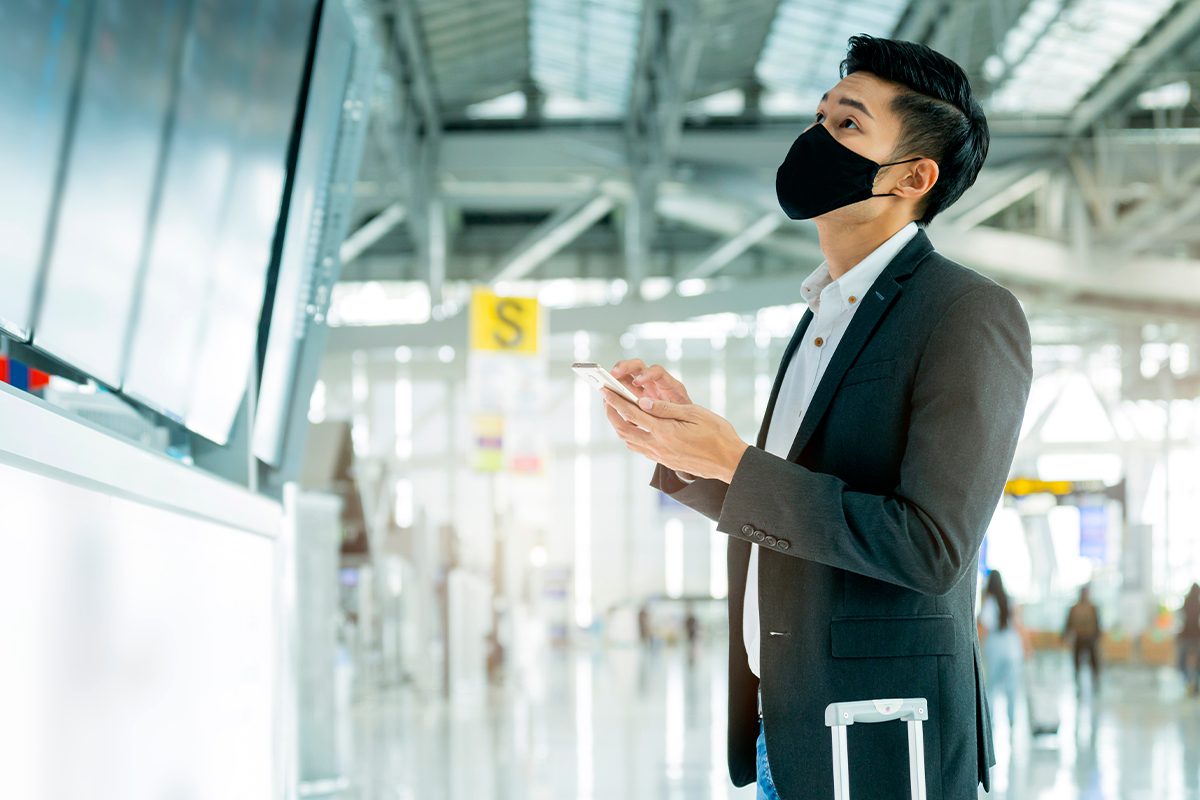Skift Take
The second edition of the 2021 Asia Pacific Travel Recovery Report takes the temperature of more than 400 C-suite and senior-level travel executives on upcoming global activity and market recovery, revenue expectations, border control, Covid-19 testing, traveler passports, traveler well-being, and more.
This sponsored content was created in collaboration with a Skift partner.
As Covid-19 continues to restrict travel recovery on a global scale, executives have muted expectations for 2022 — with greater optimism being saved for 2023 and beyond. Collinson, the global end-to-end travel experiences, airport services and travel medical company, and CAPA – Centre for Aviation (CAPA), a global market intelligence provider for the aviation and travel industry, have partnered to deliver the second edition of the 2021 Asia Pacific Travel Recovery Report.
Featuring survey responses from more than 400 C-suite and senior manager-level aviation and travel experts located in 68 countries from leading global brands, this report provides a holistic view of the changing travel and aviation landscape during and post-pandemic — highlighting key changes between industry experts’ September 2021 responses with those captured in April 2021.
It’s no secret that the travel industry has been one of the hardest hit sectors over the past two years, and executives are realistic that recovery won’t happen overnight. What’s more, the arrival of the Covid-19 Delta variant in markets that were seeing a rapid ramp-up in travel demand during Spring 2021 dampened expectations for many travel leaders at the time the most recent Travel Recovery Report survey was taken.
Despite lowered expectations reflected in some of the survey results, there are reasons for optimism. With the arrival of vaccines in early 2021, leisure demand skyrocketed in certain global locations, and now with a gradual wider distribution, a greater understanding of the virus overall, and clearer protocols on how people can travel safely, experts are hopeful for a more robust travel rebound in the coming 18 to 24 months.
In this report, you’ll learn:
- When travel leaders anticipate full recovery. Thirty-seven percent of respondents are not expecting a return to 2019 demand levels until 2023, compared to 35 percent in the April 2021 survey. Another 36 percent now expect the full recovery to be 2024 or later.
- Leisure expectations are temporarily tempered. The percentage of travel leaders that anticipated leisure demand to reach at least 61 percent of 2019 levels in 2022 fell from April 2021 to September 2021, with Asia Pacific travel executives the least optimistic about return to pre-Covid levels in the next year.
- The outlook on business travel is mixed. Travel executives maintained their expectations around short-term business travel from April 2021, while the return of long-haul corporate trips to 2019 levels is predicted to take longer than any of the other travel segments according to the survey respondents, due to travel restrictions remaining for much longer than previously anticipated.
- The state of Covid-19 protocols, testing measures, and health passports. Global travel experts signaled that Covid-19 testing will only increase in importance as a mandate to safely return to the skies. Meanwhile, nearly three-quarters of respondents said that traveler passports were of “vital importance”, as many governments won’t reopen borders without them.
- How to evaluate corporate travel risk in a new era. The pandemic, alongside the newly published ISO 31030 Standard (the first global framework for travel risk management), has resulted in business travel strategy becoming an item on the boardroom agenda so that companies can be sure to meet new corporate duty of care requirements.
This content was created collaboratively by Collinson and Skift’s branded content studio, SkiftX.
Have a confidential tip for Skift? Get in touch
Tags: risk management, traveler

